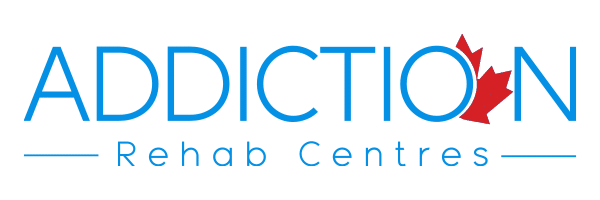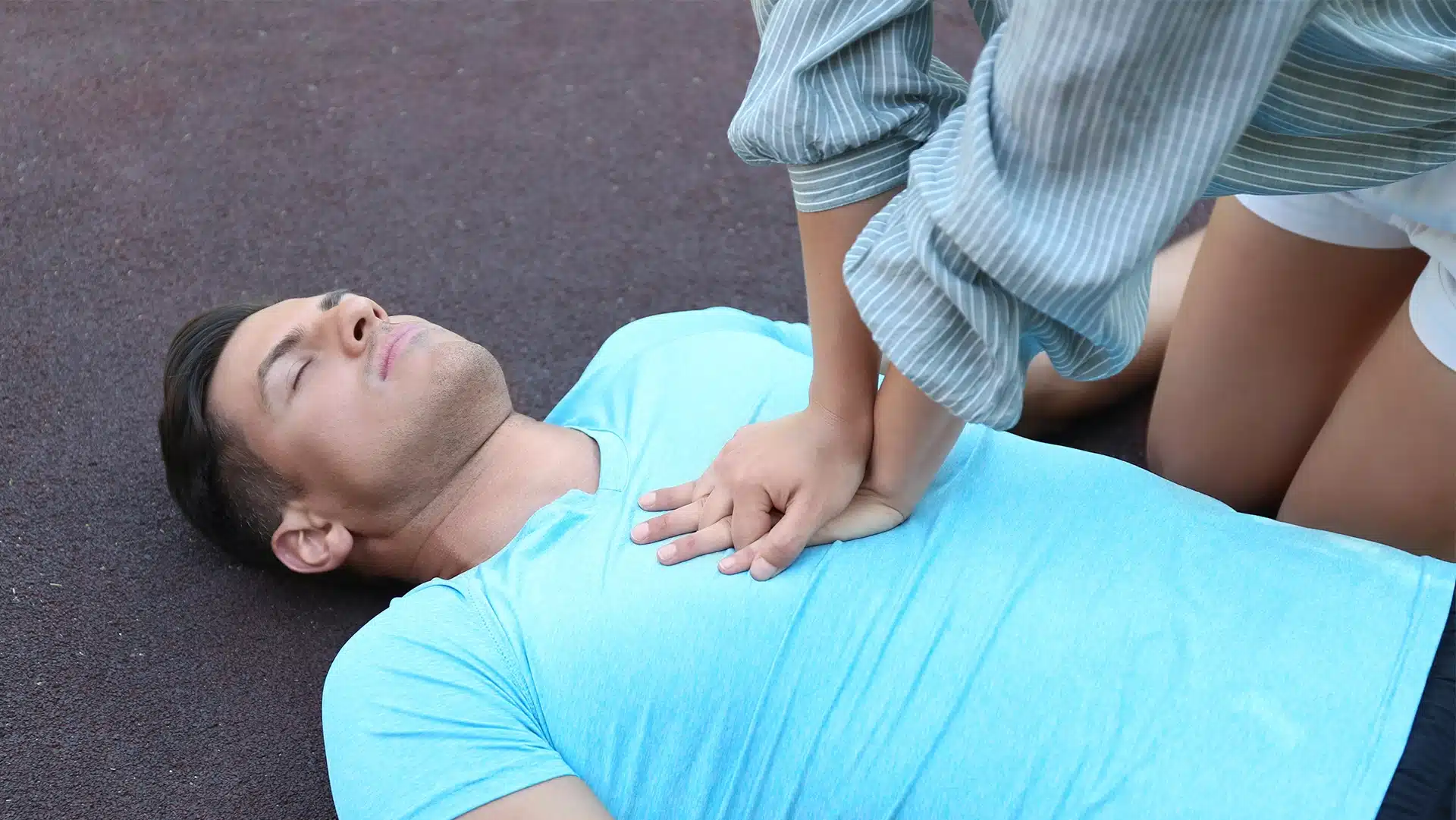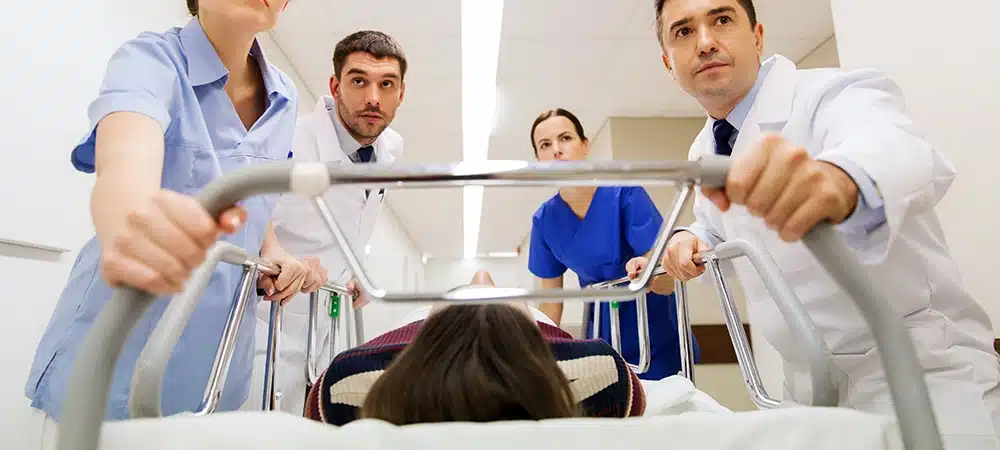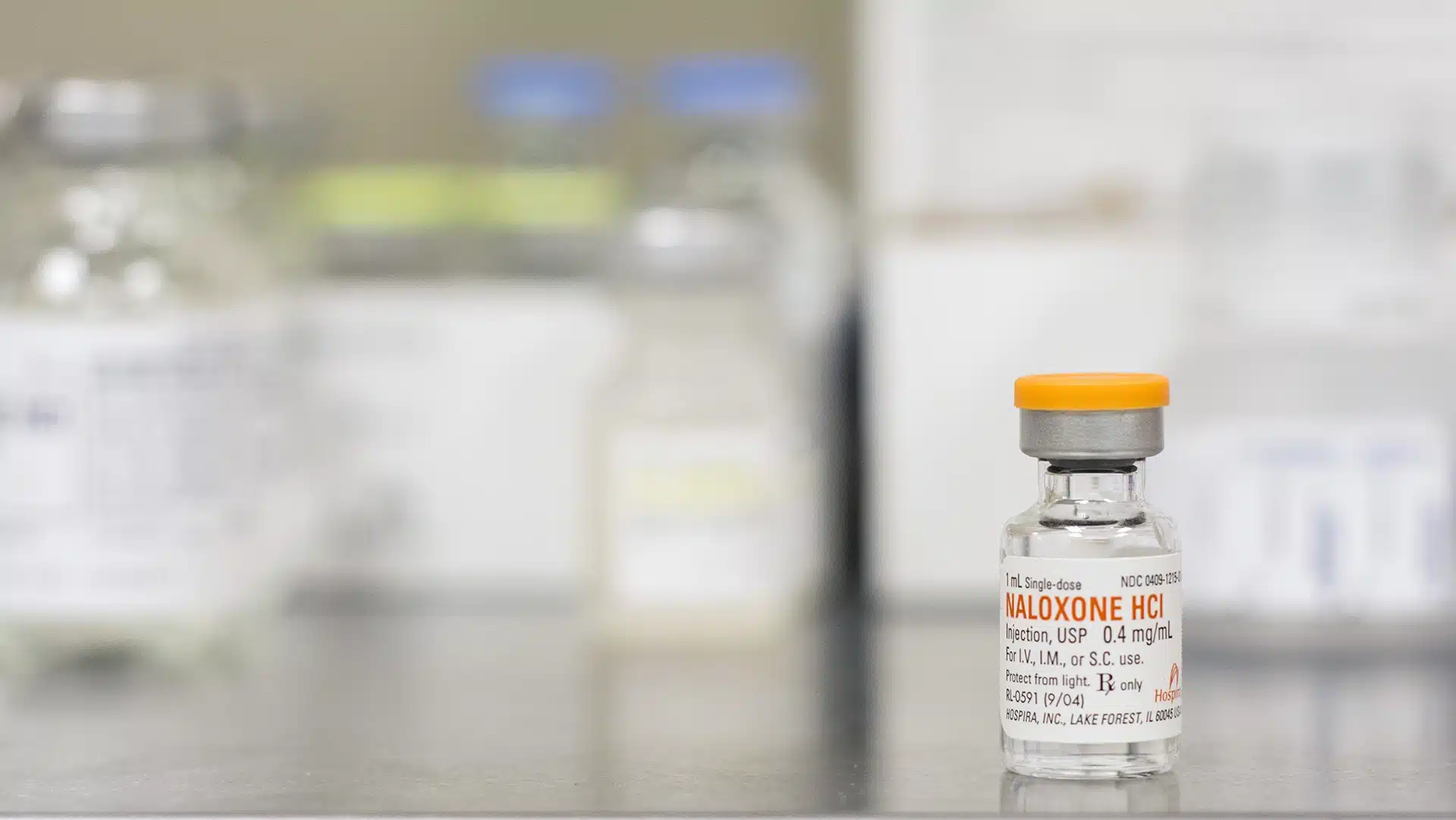First Response: Keeping an Overdose Victim Alive Until Help Arrives
With substance use and addiction at epidemic levels and the opioid crisis a hot topic of debate, one of the greatest fears held by family members of drug users is that their loved one will be the next overdose death. Last year, from January to September, 3,286 overdose victims lost their lives to apparent opioid overdoses. The stigma is high, but many of these drug users became addicts as a result of the legitimate use of prescription medications. Opioids can cover a host of drugs including fentanyl, morphine, heroin, methadone, or oxycodone. Fentanyl continues to be a major driver of the opioid crisis, with 73% of overdose deaths involving fentanyl or fentanyl-related substances, such as carfentanil.
Preparation is key if you or a friend or family member has a substance abuse disorder. In an emergency drug overdose event, three responses are typically experienced by bystanders. Those are fight, flight, or freeze. If bystanders are unprepared for such an emergency overdose event, they are more likely to flee the scene or freeze, having no idea how to help a loved one suffering a drug overdose. Both of these responses can cost the overdose victim precious time and turn an overdose event into an overdose death. By being prepared for an emergency and keeping our wits, potential bystanders can fight to potentially save an addict’s life.
Do you know what to do if an overdose occurs?
Step 1 – Recognize the Symptoms
Even long-time addicts can overdose under the wrong circumstances. Different substances can result in different symptoms. Opiates, including heroin, and other downers can cause respiratory depression (slowed or stopped breathing), unconsciousness, blurred vision, blue lips, skin, or nails, or a slow or faint pulse. Cocaine, crack, speed, and other stimulants can cause rapid breathing or heartbeat, heart attack, seizure, stroke, or skin crawls. Being able to recognize the symptoms of a drug overdose is the first step in helping prevent a drug overdose death
Step 2 – Call 9-1-1
The sooner you call for medical help, the sooner paramedics can provide life-saving medical assistance in a drug overdose situation. Once the overdose victim is stabilized as much as possible, first responders will safely transport the overdose victim to the nearest emergency department for further medical assistance. The average response time for an ambulance in Canada varies by region, however, the widely accepted standard is eight to nine minutes. A lot can happen in that time, which is why it is critically important to get help on the way as soon as possible.
It is important that you stay at the scene until responders arrive, and be truthful in your answers to the paramedic’s questions, knowing that the Good Samaritan Law will offer protection. Try to stay as calm as possible and ask for an ambulance as soon as possible. Describe any symptoms the overdose victim may be experiencing, such as respiratory depression, unconsciousness, shaking, and so on. The more accurate information the paramedics have, the better they will be able to assist the victim, so it is important to be honest about the nature of the overdose event. Police officers generally will not arrest bystanders to an overdose, especially if they are acting within the capacity of the Good Samaritan Law.
The Good Samaritan Law provides some legal protection to those who call 9-1-1 when they come across an overdose victim or are a bystander to an overdose event. The act protects against charges of a controlled substance and breach of conditions regarding simple drug possession charges in pre-trial release, probation orders, conditional sentences, and parole. It will not, however, provide protection against more serious offences such as outstanding warrants, production and trafficking of controlled substances, or all other crimes not outlined in the act.
Step 3: What to Do Until Help Arrives
Recovery Position
Once medical help is on the way, placing an overdose victim in the recovery position can be helpful, especially if they are unconscious or otherwise incapacitated. The recovery position will help ensure the addict’s airway stays clear if they happen to vomit and will help keep the addict from possibly choking on his tongue. Vomiting is a potential side effect of naloxone or Narcan, so be sure the addict is in the recovery position before administering this drug.
CPR/Rescue Breathing
If the addict has stopped breathing, you may begin CPR if trained to do so. Once you begin CPR, you are legally obligated to continue until paramedics arrive to take over. Even if you are not trained in CPR, rescue breathing, also known as mouth-to-mouth, can help. Rescue breathing simply means breathing gently into the victim’s mouth. Always check that the mouth and throat are clear of food, vomit, or any other obstruction before beginning rescue breathing. Rescue breaths can help maintain blood oxygen levels until medical help arrives, and can make the difference between life and death for the overdose victim.
Administer Naloxone
Naloxone, also known as Narcan, can be a valuable life-saving measure in an opioid overdose situation. It is an opioid antagonist that can temporarily stop the effects of opioid drugs, and potentially save an addict’s life. It is usually available either as an injection or as a nasal spray. In some rare cases, an addict may be allergic to naloxone, but Health Canada still recommends administering naloxone “as the outcome is likely better than not administering it”. It can take up to five minutes for naloxone to take effect, and it lasts anywhere from 20 to 90 minutes. Naloxone will not work on overdoses from non-opioid drugs, but it is not likely to cause harm if given to someone unconscious due to an overdose of an unknown substance.
Since the effects of opioids can last much longer, naloxone is not a replacement for emergency medical attention. Overdose symptoms may return after the naloxone wears off. In some cases, a second dose of naloxone may be required to get someone breathing again. The manufacturer’s instructions that come with the naloxone should be followed when administering it to the addict. Naloxone kits are available for free at many Canadian pharmacies, along with training on how to use them.
What Not to Do
Bystanders may feel desperate to help an addict experiencing an overdose. While the intentions may be noble, do not do any of the following:
- Do not put an overdose victim in the water, such as a bathtub or shower in an effort to revive them. This can lead to drowning. To keep someone awake, try talking, walking, or gently shaking.
- Do not inject anything into an overdose victim. Even seemingly innocuous substances like saline can make the situation even more dangerous if this is done.
- Do not do more drugs after receiving naloxone. Even though an addict may be feeling withdrawal symptoms in the moment, using more drugs can compound the overdose.
- Do not use naloxone in place of emergency medical assistance or avoid seeking medical help because the effects of the overdose have temporarily worn off. Because naloxone can wear off before the opioids do, you may find yourself in a dangerous situation later.
- Do not use multiple drugs together. Substances with the same effects can make an overdose situation worse as they accumulate in the body.
- Do not leave an overdose victim alone if at all possible. Sometimes this is unavoidable, but it is best to have someone with the victim at all times.
- Do not allow the stigma of an overdose or addiction to keep you or a family member from seeking emergency medical attention when needed. If an overdose victim is refusing to get medical help, try to ensure that someone can stay with the victim in case they overdose once the naloxone wears off.
- Do not go back to your regular substance dose after a period of reduced or stopped usage. Your body will have reduced tolerance to your drug of choice and the risk of overdosing will be higher if you go right back to using your normal amount.
Final Thoughts
Preparation is key to staying calm in an emergency. Remember that first responders are there to help you and your loved ones, and the Good Samaritan Law will protect you from simple drug-related offences. Recognizing the symptoms, calling 9-1-1, staying with the victim, and being truthful in your answers can be the difference between life and death. Naloxone can also be a critical tool for sustaining life until help arrives.
Government laws can only go so far to help the opioid crisis and drug epidemic our country currently faces. Ultimately, it is up to each one of us to do our part, to be good Samaritans, and help those in need. By taking some time to consider how you would handle an overdose situation you can be better prepared to take action should the need arise. Together we can make our country a safer place to live, work, and play.









